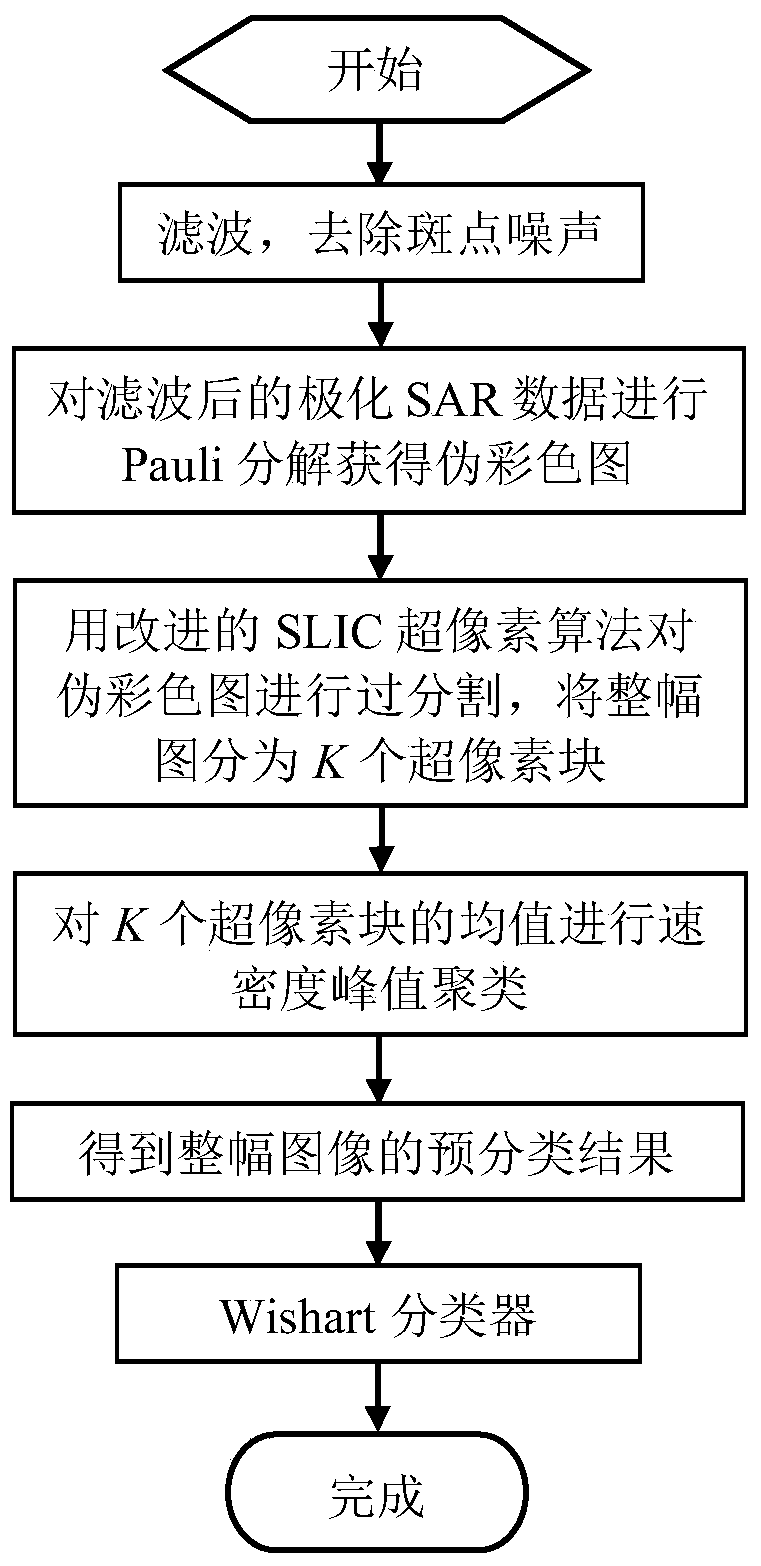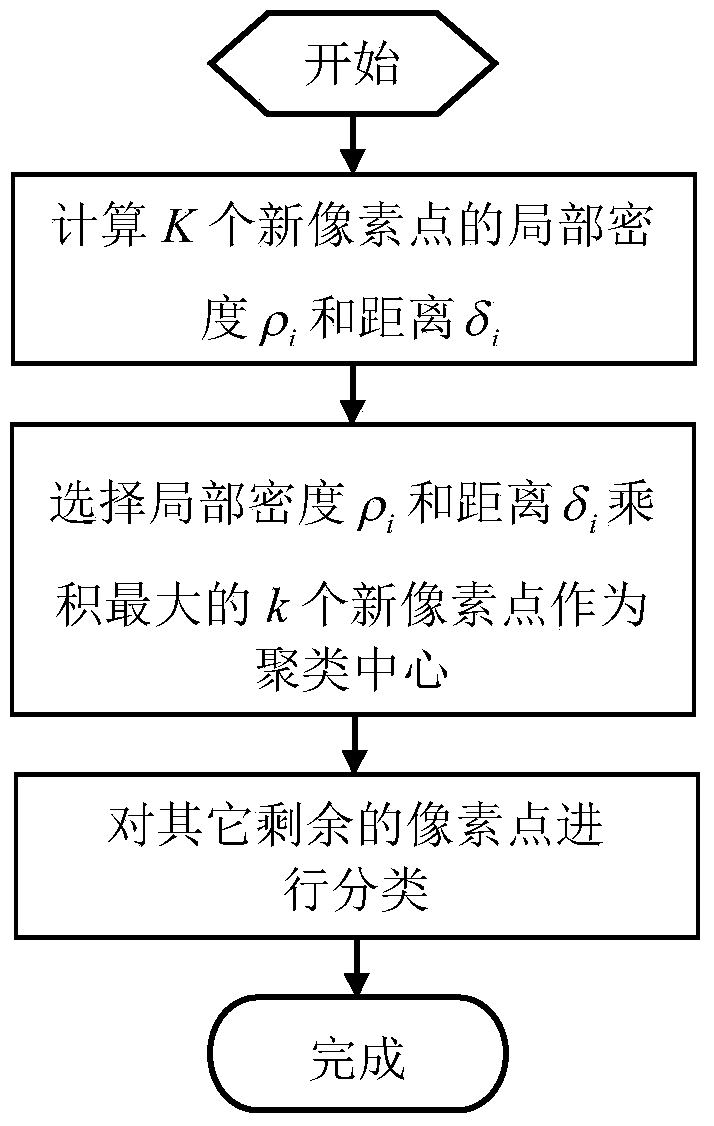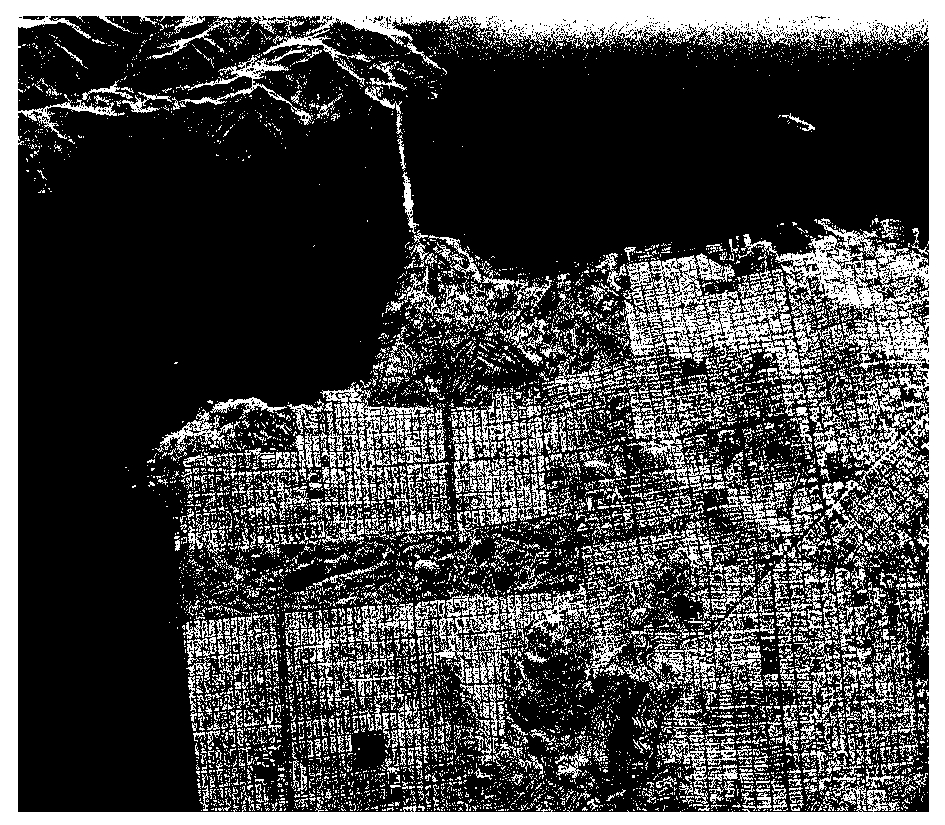Classification Method of Polarization SAR Image Based on Spatial Information
A technology of spatial information and classification method, applied in the field of target recognition, can solve the problems of high computational complexity, low classification accuracy, fixed number of categories, etc., to achieve high classification accuracy, improved classification accuracy, and good regional consistency.
- Summary
- Abstract
- Description
- Claims
- Application Information
AI Technical Summary
Problems solved by technology
Method used
Image
Examples
Embodiment Construction
[0039] refer to figure 1 , the implementation steps of the present invention are as follows:
[0040] Step 1, filter the polarimetric SAR image to be classified, remove the speckle noise, and obtain the filtered polarimetric SAR image;
[0041] The filtering of polarimetric SAR images usually adopts the existing refined polarimetric LEE filtering method, and the size of the filtering window is 7×7.
[0042] Step 2: Perform Pauli decomposition on the filtered polarimetric SAR image to obtain a pseudo-color image.
[0043] Pauli decomposition is a target decomposition method, which decomposes the scattering matrix of the original data into a single scattering mechanism, a dihedral angle scattering mechanism with a rotation of 0° around the axis, and a dihedral angle with a rotation of 45° around the axis according to the scattering characteristics of the ground objects. Linear combination of angular scattering mechanism, see Cloude S R, and Pottier E.A review of target decompo...
PUM
 Login to View More
Login to View More Abstract
Description
Claims
Application Information
 Login to View More
Login to View More - R&D
- Intellectual Property
- Life Sciences
- Materials
- Tech Scout
- Unparalleled Data Quality
- Higher Quality Content
- 60% Fewer Hallucinations
Browse by: Latest US Patents, China's latest patents, Technical Efficacy Thesaurus, Application Domain, Technology Topic, Popular Technical Reports.
© 2025 PatSnap. All rights reserved.Legal|Privacy policy|Modern Slavery Act Transparency Statement|Sitemap|About US| Contact US: help@patsnap.com



